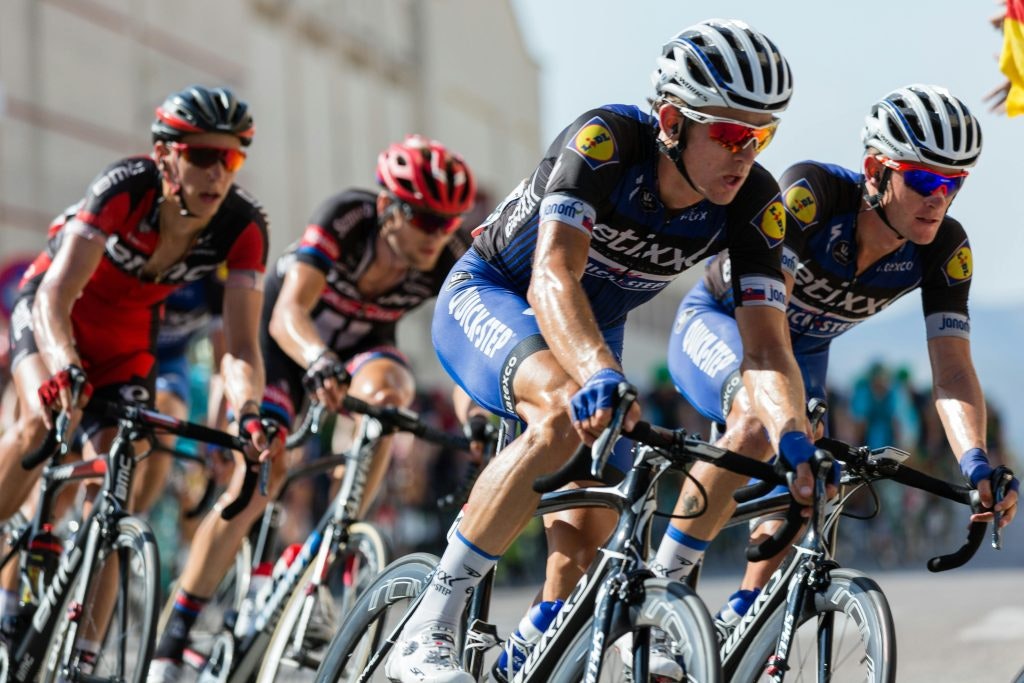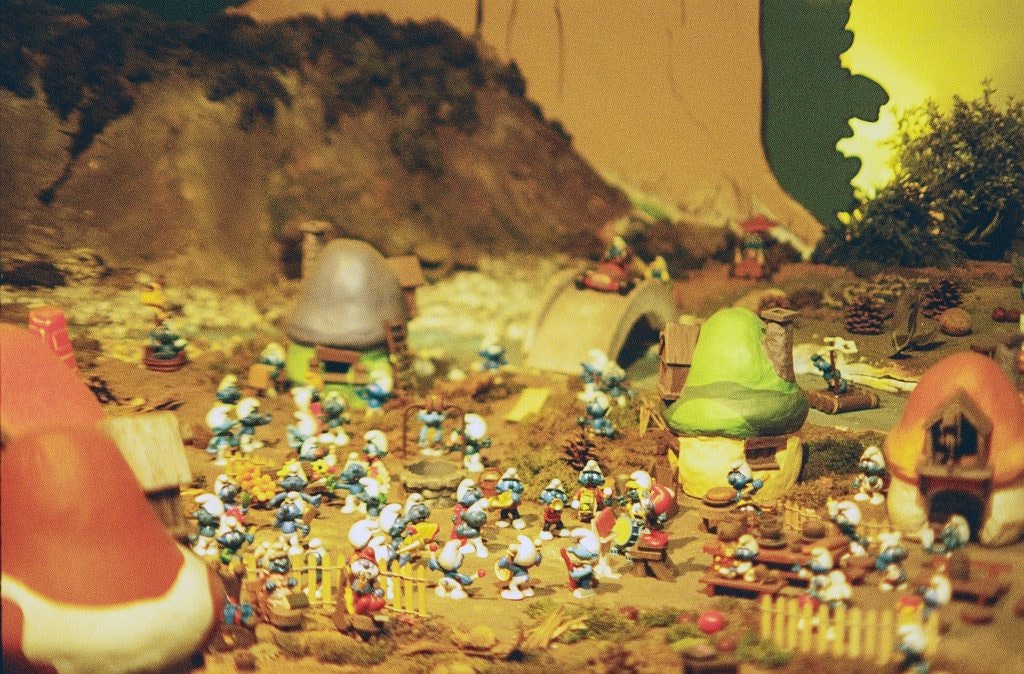4. Belgium is a constitutional monarchy with a royal family
Belgium is a constitutional monarchy with the Belgian Royal Family playing a central role in the nation’s public life. The Brussels Royal Palace is the official residence of the King and Queen of Belgium, King Philippe and Queen Mathilde.
Belgium’s crown was established in 1831 with Leopold I as its first king. King Philippe is the seventh King of the Belgians. The monarchy is trilingual; the royal children speak French, Dutch and German – Belgium’s three official languages.
Visit Brussels Royal Palace
Address: Place des Palais, 1000 Brussels, Belgium
Hours: Open July 21 to early September, Tuesday to Sunday, from 10:30 AM to 5:00 PM. Closed on Mondays. Last entry is at 3:45 PM
Tickets: Free Admission during the open season
Details: The Royal Palace opens to the public every summer, allowing visitors to explore its architecture and historic rooms. Guided tours are not required, and you can visit at your own pace during the designated months.
5. Brussels is the de facto headquarters of the European Union
Brussels is a major center for international diplomacy and governance in the developed world as both the capital of Belgium, the home of NATO (North Atlantic Treaty Organization) and the seat of the European Union.
Brussels is a key EU capital, but the euro is administered by the European Central Bank based in Frankfurt, Germany.
6. Belgians love cycling a lot
Belgians are passionate about cycling. Many young Belgian children grow up with cycling as a staple of their outdoor activities. Belgium produces more Tour de France winning cyclists than every other country except France.
According to the Brussels Times, 39% of workers in Belgium used a bicycle for at least part of their commute in 2023, an increase of 1.7% compared to 2022. Fifteen percent of workers commuted entirely by bicycle.
The body mass index of many Belgians reflects their cycling lifestyle.


7. Belgium is home to the famous “Peeing Boy” statue
The Peeing Boy (Manneken Pis) is a small bronze statue in central Brussels that shows a boy urinating. It is a symbol of Belgian culture and identity.
The original from 1619, is in the Brussels City Museum. Manneken Pis is often dressed in special costumes from its large wardrobe.
Its image is replicated worldwide and is a popular tourist attraction. Embarrassingly, my mom had one in the backyard growing up.
Brussels City Museum
- Address: Maison du Roi, Grand Place, 1000 Brussels, Belgium
- Open: Tuesday to Sunday, from 10:00 AM to 5:00 PM
- Closed: Mondays and major holidays (January 1st, May 1st, November 1st, November 11th, and December 25th)
8. Belgian street vendors claim that Belgians invented fries in 1680, beating the pretender to the throne, French fries, by decades
Belgian lore holds that street vendors in Namur, Belgium created double-fried potatoes during the Meuse River winter in 1680. The French began frying potatoes in in 1788, 108 years after Belgium’s documented technique.
American soldiers during World War I named the dish “French fries” after Belgian army cooks’ language.
Either way, Belgian fries pare well with Belgian beers. Enjoy both at or near The Royal Saint Hubert Galleries, an ornate set of connected shopping malls.
Royal Gallery of Saint Hubert
- Address: Galerie du Roi 5, 1000 Brussel, Belgium
- Hours: Vary by shop, but most are roughly 10:30 AM – 6:30 PM

9. Belgium gave the world the Smurfs
The Smurfs is a Belgian comic created by Belgian artist Peyo (Pierre Culliford) in 1958. Similar to The Simpsons, which debuted 30 years later, The Smurfs were created as secondary characters in another comic series, but their popularity exceeded the main characters. The blue group of Gargamel fighters got their own spin-off series.
The Museo de Figuras de Cómic is a museum in Brussels for comic fans, particularly Belgian comics like Tintin and Lucky Luke. The museum, also known as the MOOF Museum, has art, books, life-sized statues, collectibles and exhibits.
Museo de Figuras de Cómic / MOOF Museum:
Location: Galerie Horta, Rue du Marché aux Herbes 116, 1000 Brussels, Belgium.
Opening Hours:
- Monday, Tuesday, Friday, Saturday and Sunday: 10:30 AM to 6:00 PM.
- Wednesday and Thursday: Closed.
- July and August: 10:30 AM to 6:00 PM daily.
Entrance fee:
- Adult (24 – 64 years old): €14 ($15.25)
- Senior (+65 years old): €12 ($13.05)
- Youth (13 – 23 years): €10 ($10.90)
- Children (4 – 12 years): €5 ($5.45)
- Children under 3: Free
Tip: The BRUSSELS CARD allows you to visit the Brussels Comics Figurines Museum and other Belgian attractions for free during the validity period of your card. Remember to present your card at the ticketing office before visiting.
Details:
- The museum is partially renewed each year.
- Visitors can enjoy guided tours upon prior arrangement. The guides are not part of the museum and prepayment is required to confirm your presence.

10. Belgium is the home of the inventor of the saxophone, Adolphe Sax
Unlike many other instruments, the saxophone’s invention is attributed to a single individual, Adolphe Sax. Belgium is the home of Adolphe Sax, who was born in the small town of Dinant and invented the now famous instrument in the 1940s.
Adolphe Sax has the distinct honor of having the instrument he invented named after him, hence the world now has the Saxophone.
Fast Facts About Belgium
| Fact |
Detail |
| Official Name |
|
| Capital |
Brussels |
| Population |
~11.7 million (2024 estimate)
|
| Official Languages |
|
| Currency |
Euro (€) |
| Time Zone |
Central European Time (CET, UTC+1) / Central European Summer Time (CEST, UTC+2)
|
| Government Type |
Federal parliamentary constitutional monarchy
|
| King |
King Philippe |
| Prime Minister |
|
| Major Cities |
Brussels, Antwerp, Ghent, Liège, Bruges
|
| Driving Side |
Right |
| Famous For |
Waffles, chocolate, beer, fries, medieval towns, EU headquarters
|
Resources
The Brussels Times
Brussels Comics Figurines Museum
Royal Gallery of Saint Hubert








